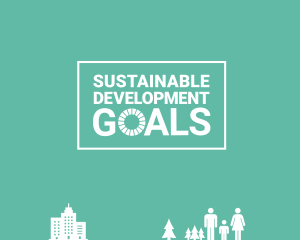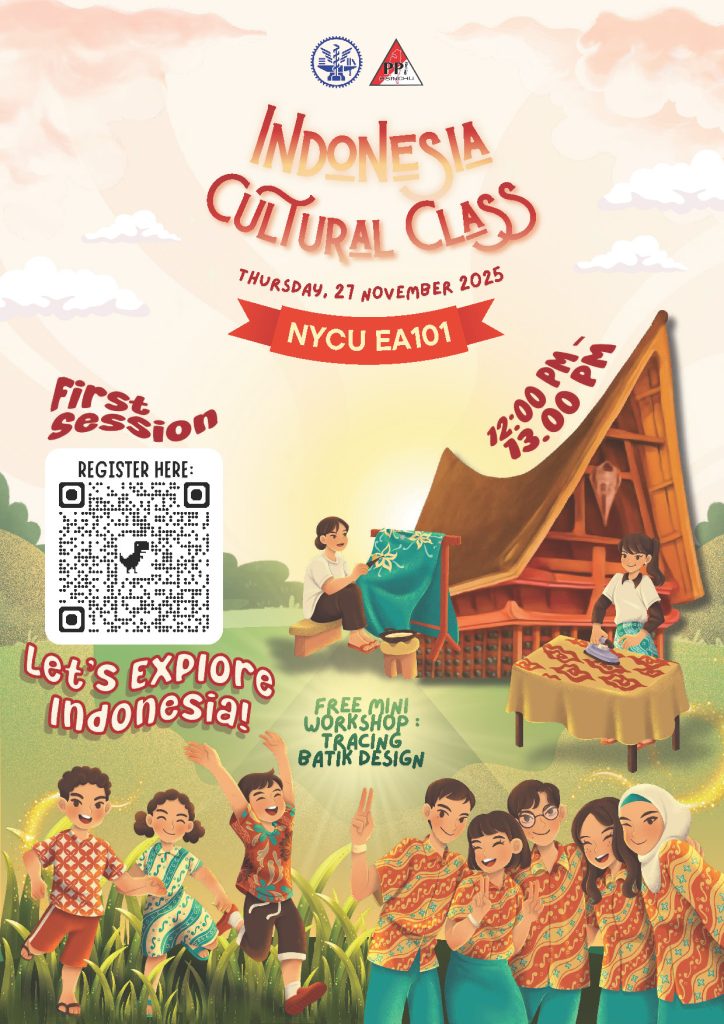Artificial Intelligence (AI) is reshaping our world at an unprecedented pace, driving innovations from autonomous vehicles to medical diagnostics. However, as the demand for AI applications soars, the energy consumption associated with traditional AI computation has become a pressing concern.
A research team from the International College of Semiconductor Technology at National Yang Ming Chiao Tung University (NYCU) has achieved a key technological breakthrough, paving the way for a more efficient and energy-saving computing paradigm. The study, now published in the prestigious journal Nano Letters, represents a significant step forward in neuromorphic computing—an approach that emulates the human brain’s ability to learn and adapt.
Advancing Neuromorphic Computing through Low-Energy AI Models
The team’s innovation centers around “field-free switching” (FFS), accomplished through a heterostructure device based on magnetic materials (W/Pt/Co/NiO/Pt), utilizing spintronics technology. This design eliminates the need for an external magnetic field, enabling magnetic switching with dramatically reduced energy consumption and enhanced efficiency.
Based on this foundation, the researchers developed low-energy artificial synapses and neurons, applying them to a three-layer artificial neural network (ANN). Their neural networks demonstrated high-accuracy performance on the MNIST and Fashion MNIST datasets, showcasing a human-brain-like operational model. These advancements open new doors for rapid processing in AI applications such as autonomous driving, intelligent surveillance, and medical imaging diagnostics.
Dual-PhD Student Overcomes Challenges, Pioneers AI Research
Durgesh Kumar Ojha, a dual-PhD student at NYCU and the Indian Institute of Technology, led the research. Despite personal challenges that once caused a temporary pause in his studies, Ojha returned to Taiwan and overcame these difficulties, ultimately publishing his findings in a top-tier journal.
After graduation, he desired to contribute to Taiwan’s high-tech industry, hoping this research would elevate smart device technologies to new heights. The project’s supervising professor, Dr. Yuan-Chieh Tseng, noted that the achievement has garnered significant international academic attention and lays a critical foundation for the future of smart electronics.
As energy-efficient computing becomes an essential goal for next-generation electronics, NYCU’s breakthrough highlights the transformative potential of AI and neuromorphic computing. The team’s dedication is reshaping global perceptions of intelligent computing, promising safer and more convenient lives for all.
🔍 Edited by Chance Lai
🔗 Source: NYCU News LINK HERE



